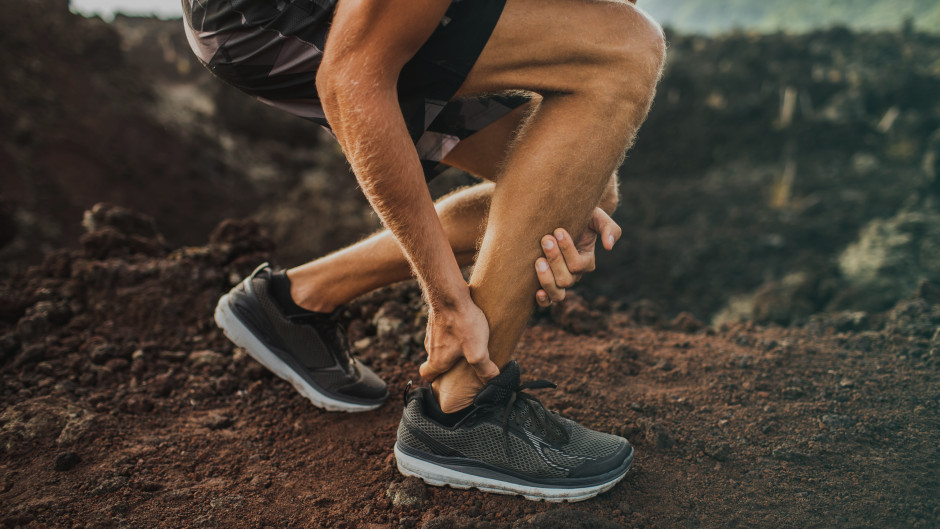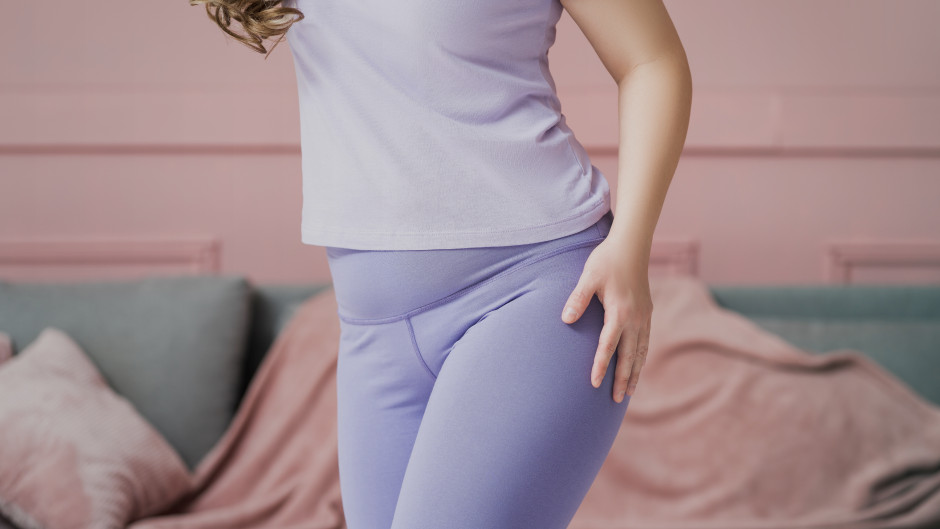Osteoarthritis and Exercise: The Powerful Role of Exercise in Managing OA
Understanding Osteoarthritis
Osteoarthritis primarily affects weight-bearing joints such as the knees, hips, and spine. As cartilage deteriorates, the bones begin to rub against each other, causing inflammation, pain, and restricted movement. This condition can range from mild discomfort to severe disability, but with the right management, most people can significantly reduce symptoms and improve their quality of life.
Why exercise is essential for OA?
It may seem counterintuitive to exercise when dealing with joint pain, but physical activity is one of the most beneficial treatments for osteoarthritis. Here's why exercise and OA form a powerful combination:
1. Improved Joint Mobility
Exercise helps maintain or improve the range of motion in affected joints. Movements such as stretching and low-impact exercises can help keep the joints flexible, which reduces stiffness and enhances mobility.
2. Strengthening Muscles Around Joints
Strong muscles provide added support to your joints. In OA, the muscles surrounding the affected joint may undergo atrophy due to pain and lack of movement. Exercise, particularly strength training, helps build muscle strength, which can reduce the strain on the joint itself.
3. Reduces Pain and Inflammation
Physical activity triggers the release of endorphins, the body’s natural painkillers, which can help alleviate pain. Additionally, regular exercise helps reduce inflammation in the joints, which is a common symptom of osteoarthritis.
4. Maintains cartilage integrity
Proteoglycan synthesis is disrupted in osteoarthritis that causes cartilage loss.
In Vitro studies have shown that moderate loading helps in the maintenance of articular cartilage quality because of changes in the content of Proteoglycans (PG).
5. Enhances Joint Lubrication
Movement promotes the production of synovial fluid, which acts as a lubricant for the joints.






Source:
1. From the lecture 'Osteoarthritis and Exercise Therapy' by Alessio Bricca



